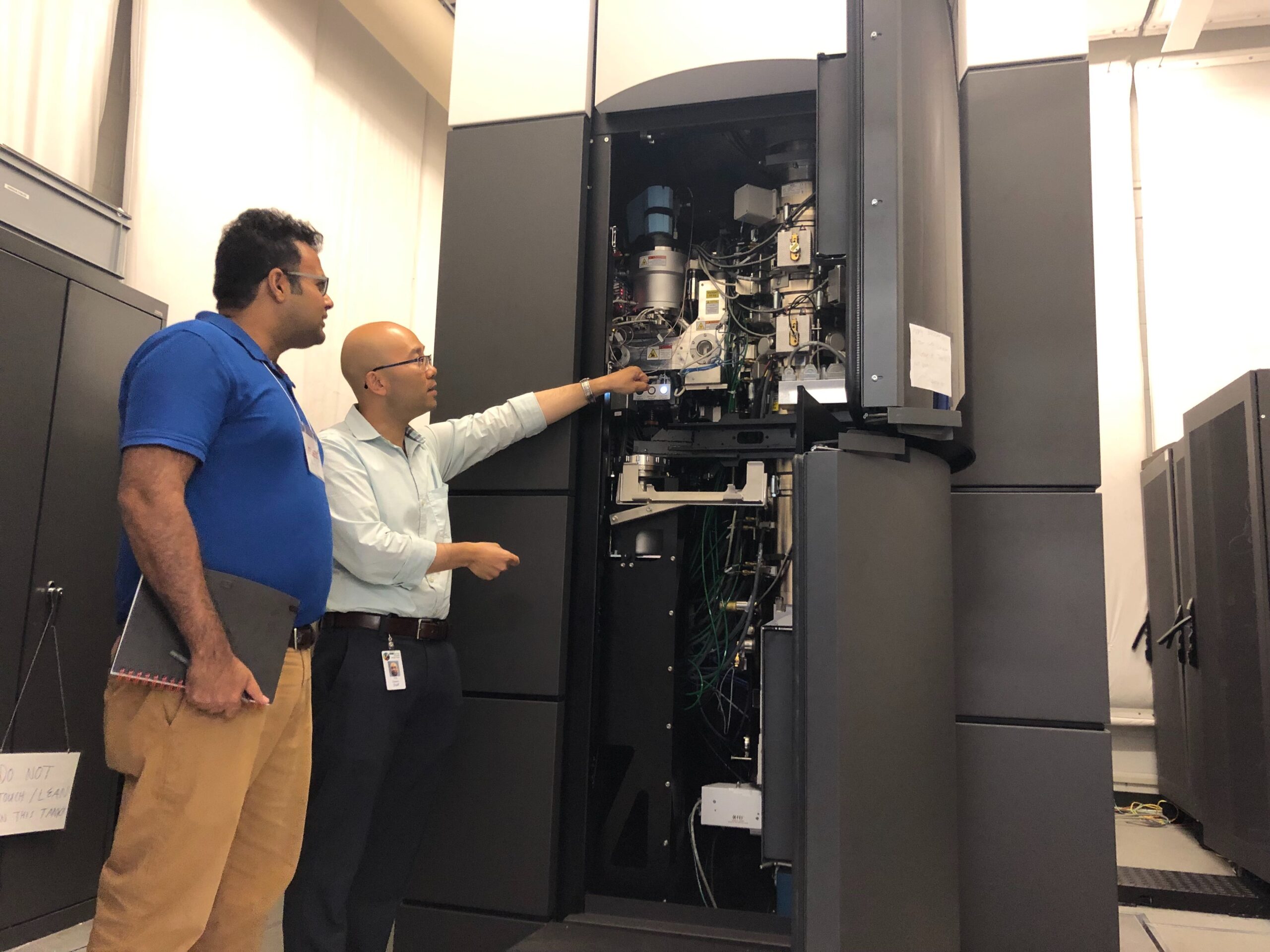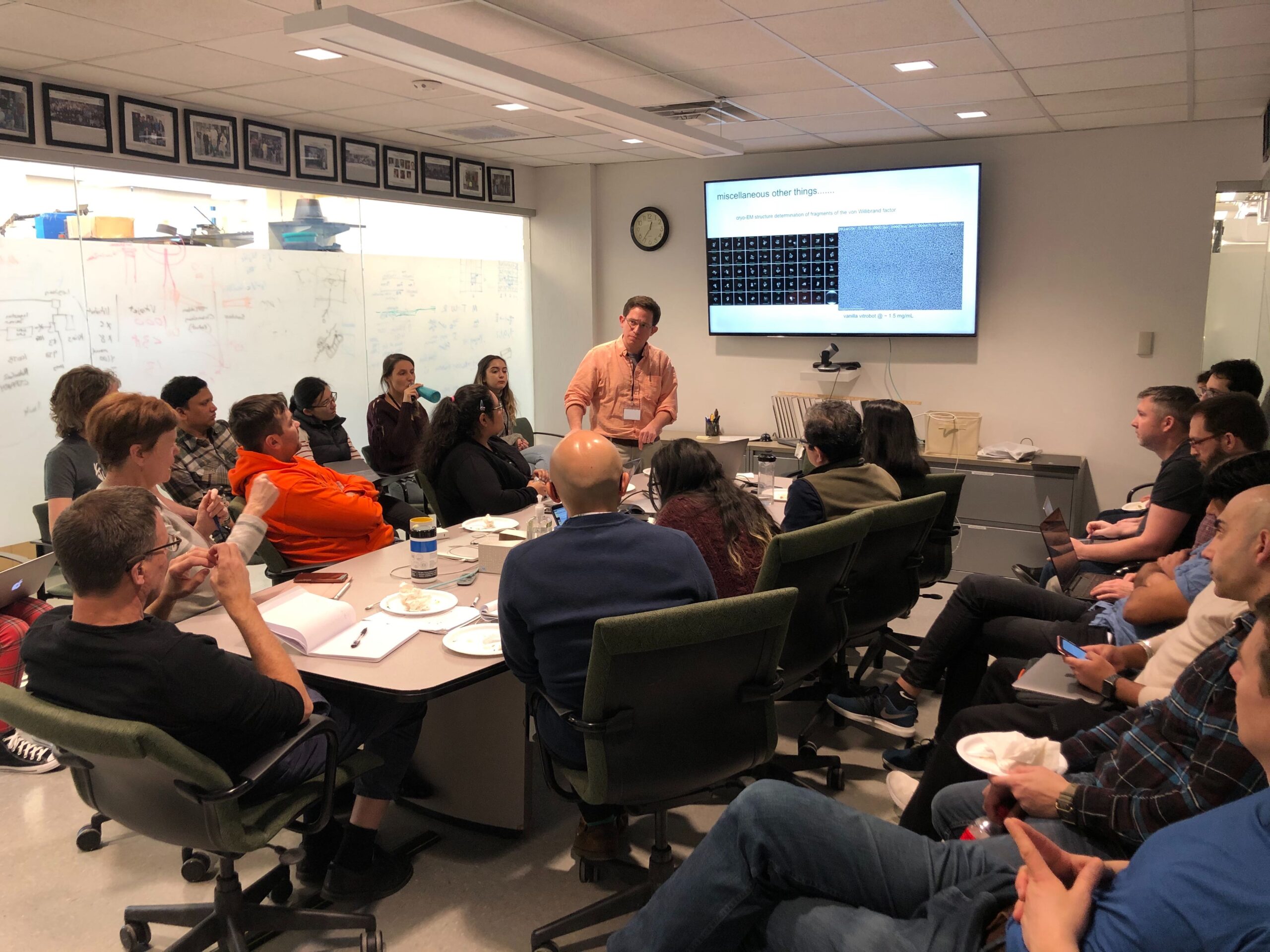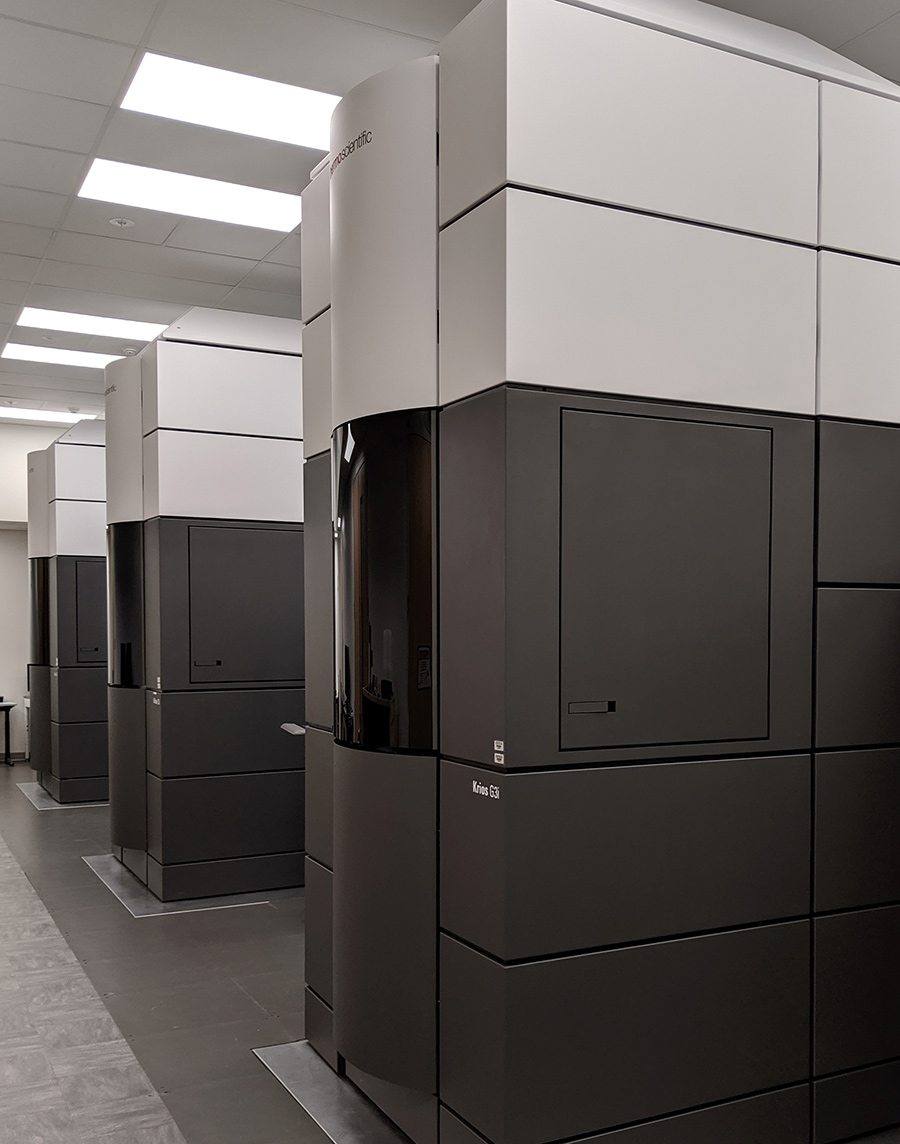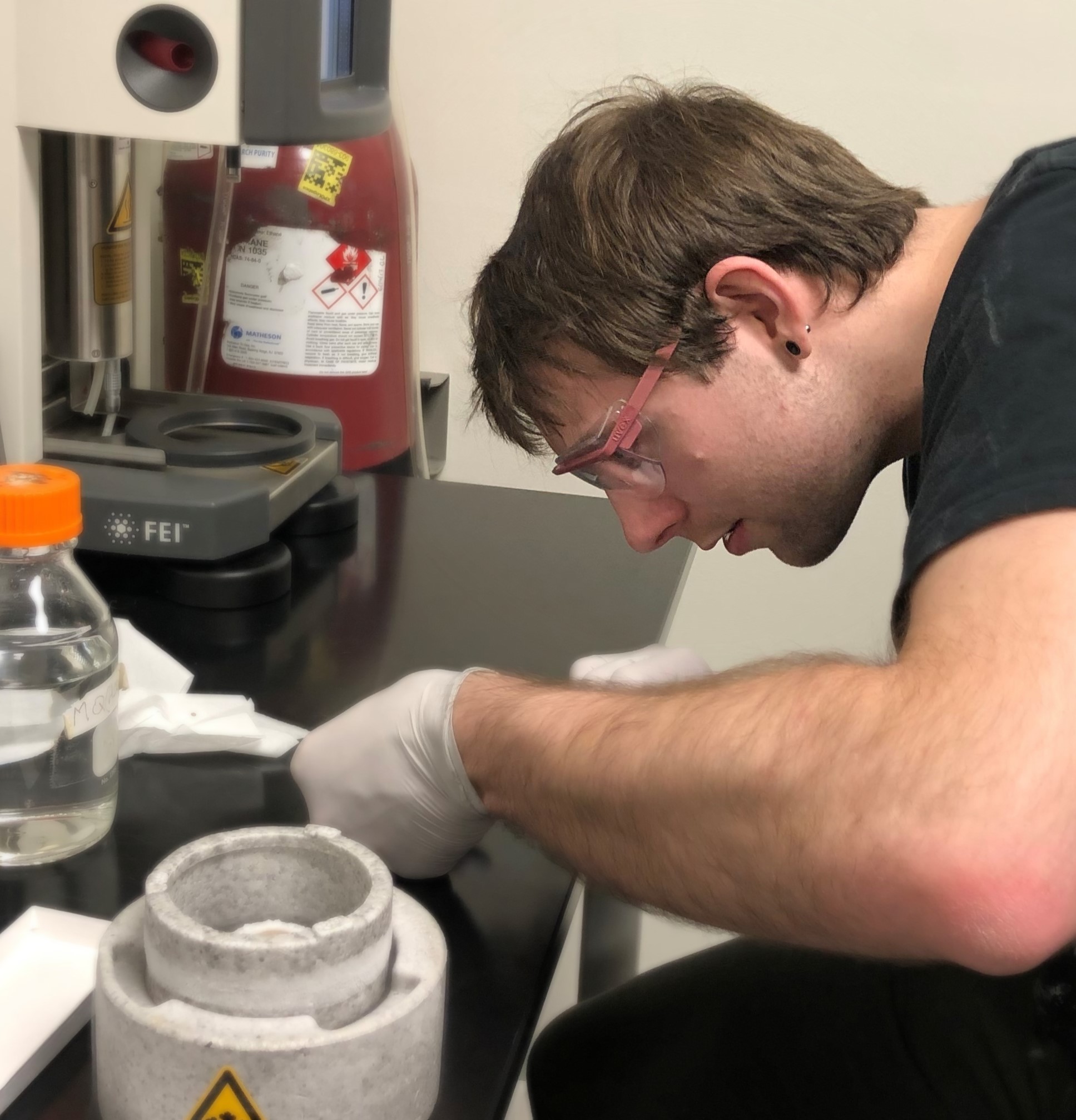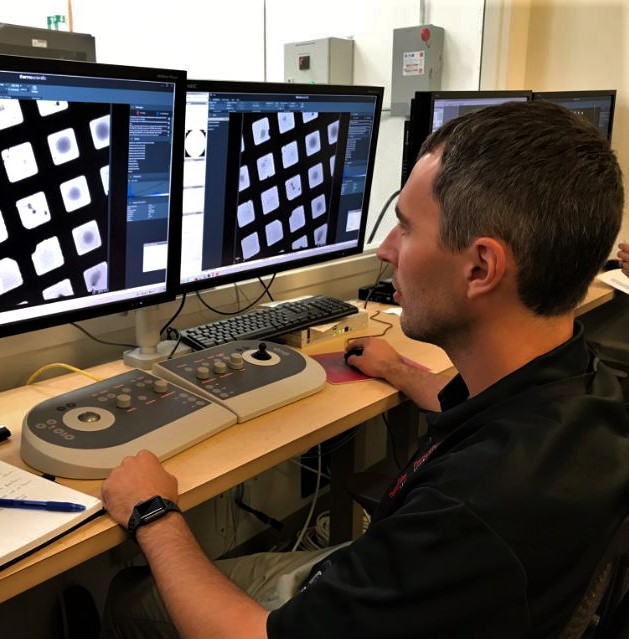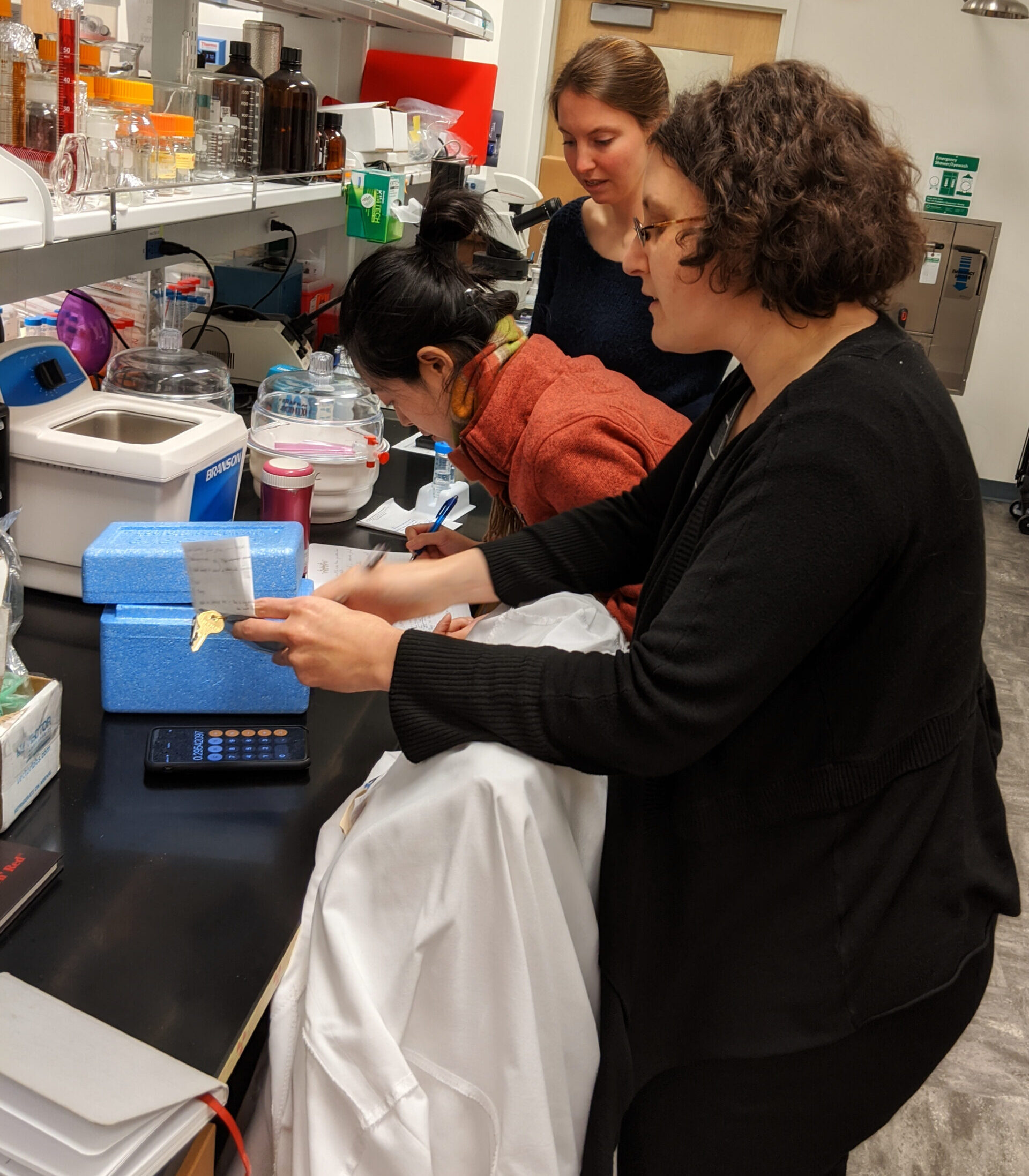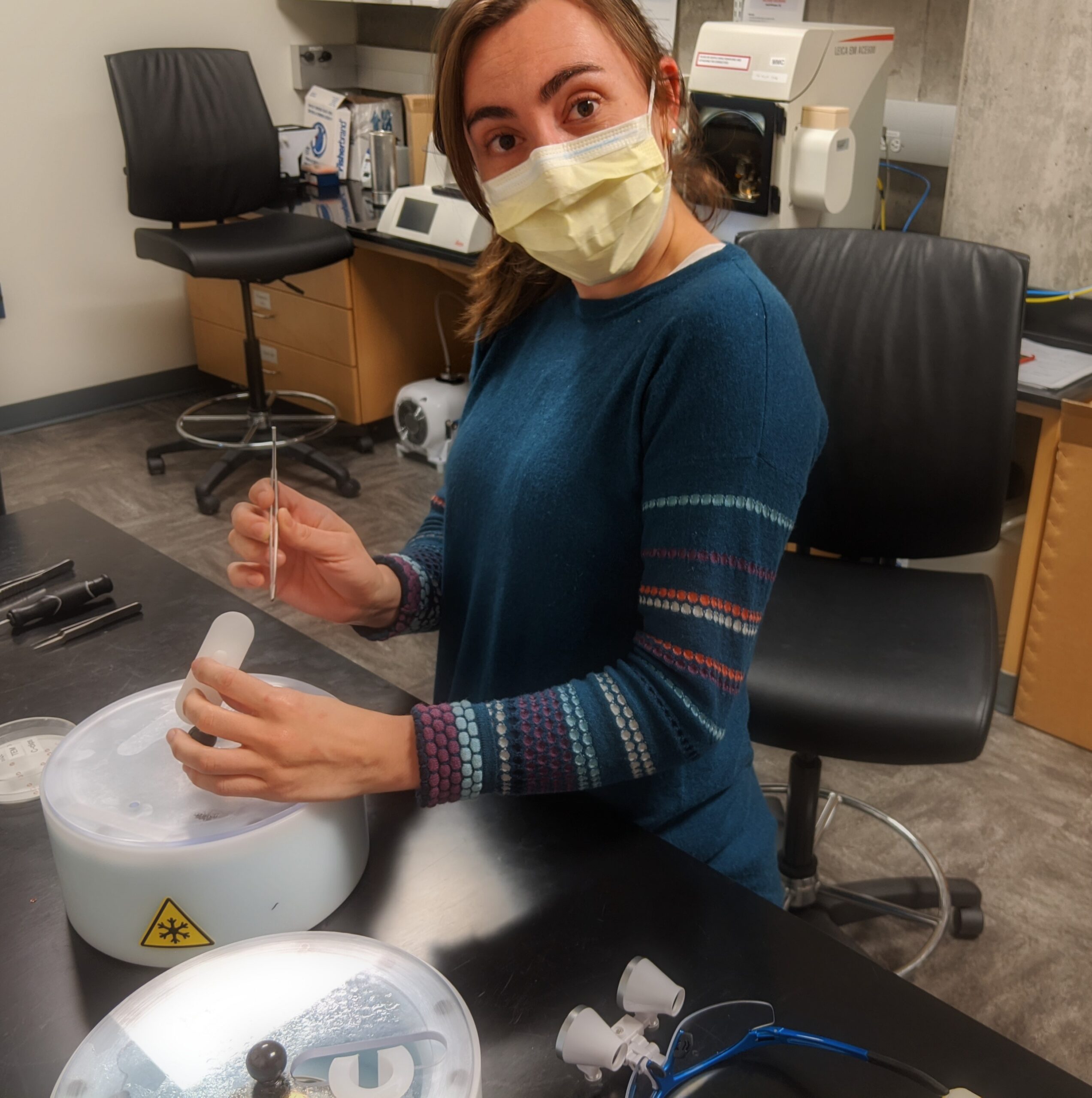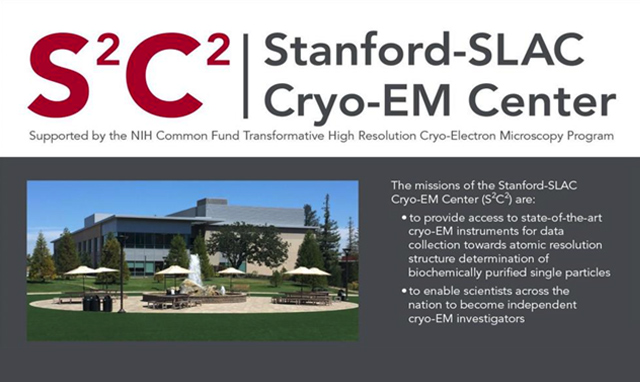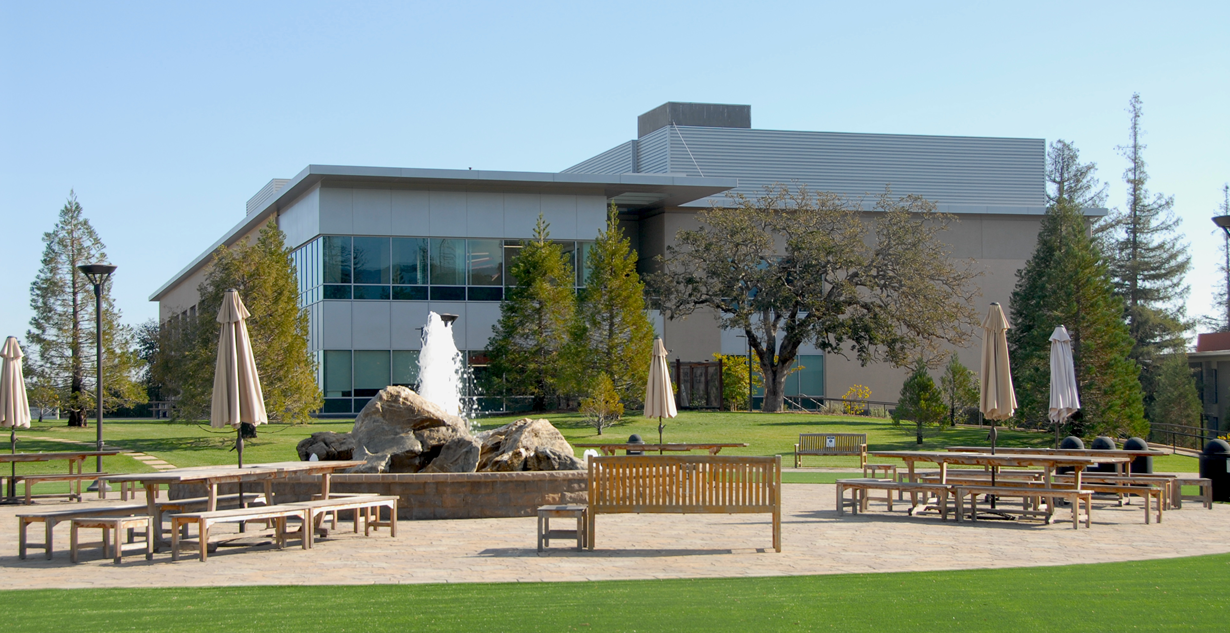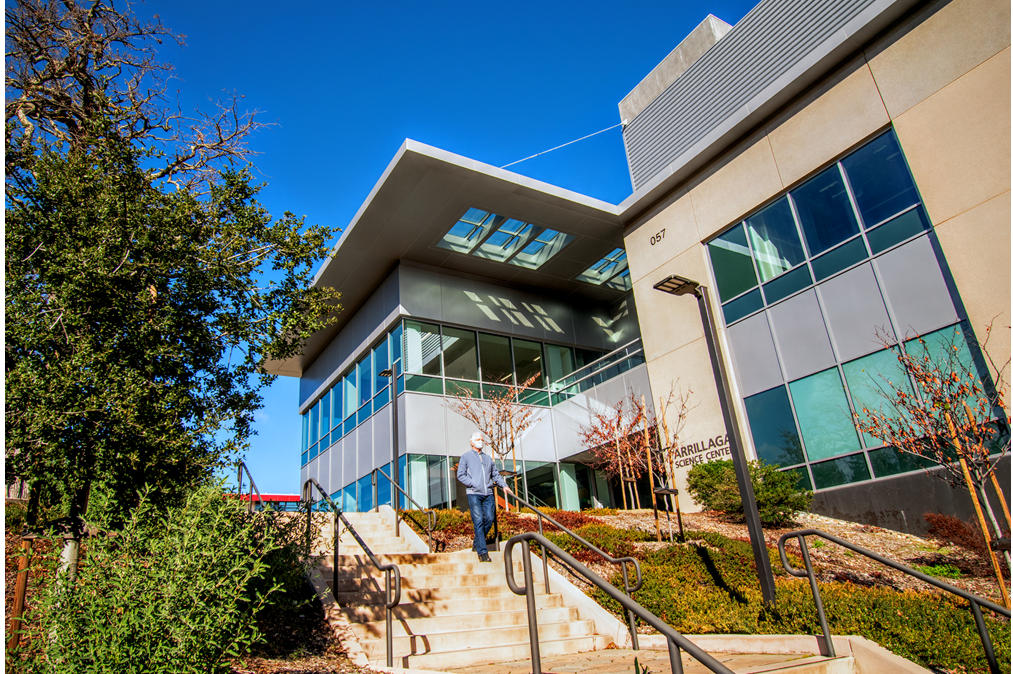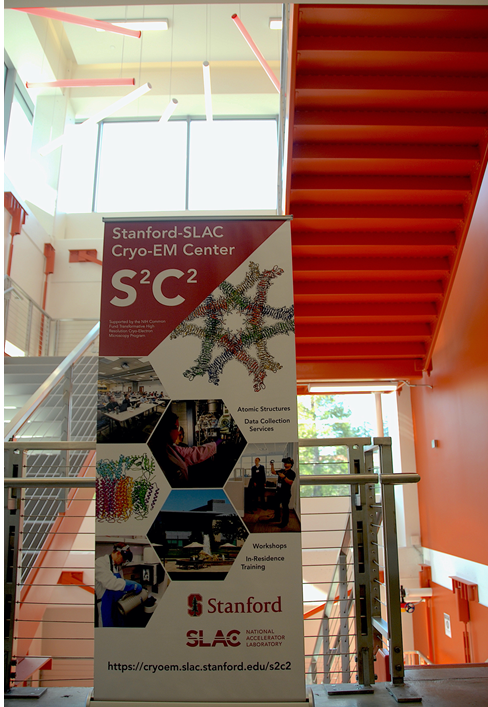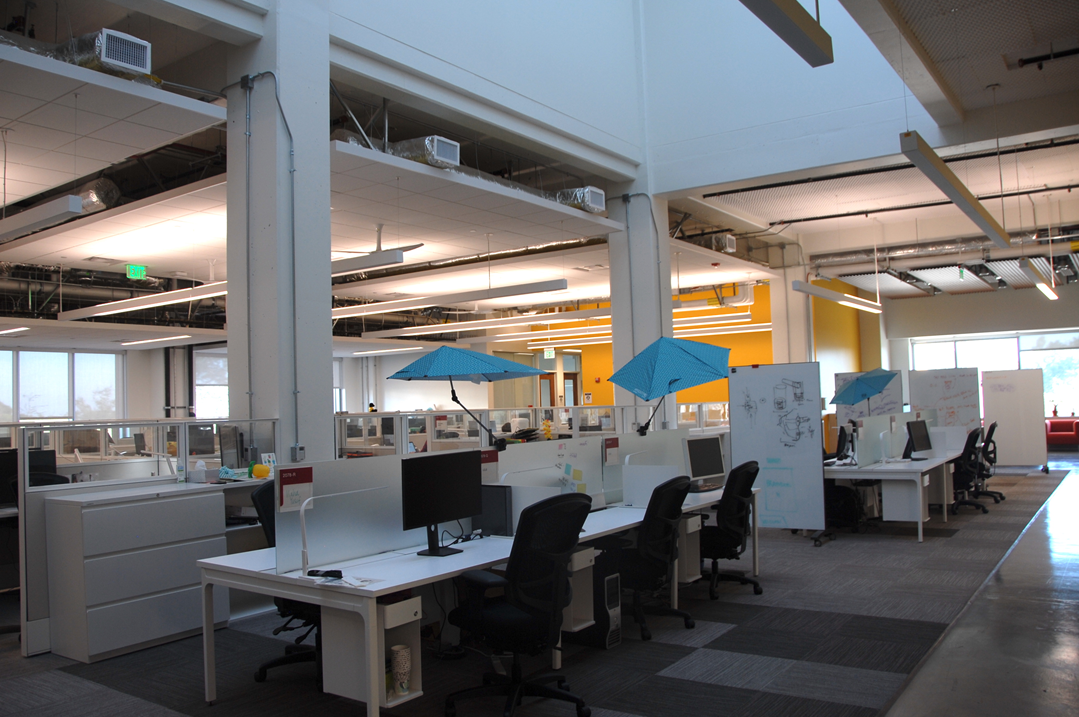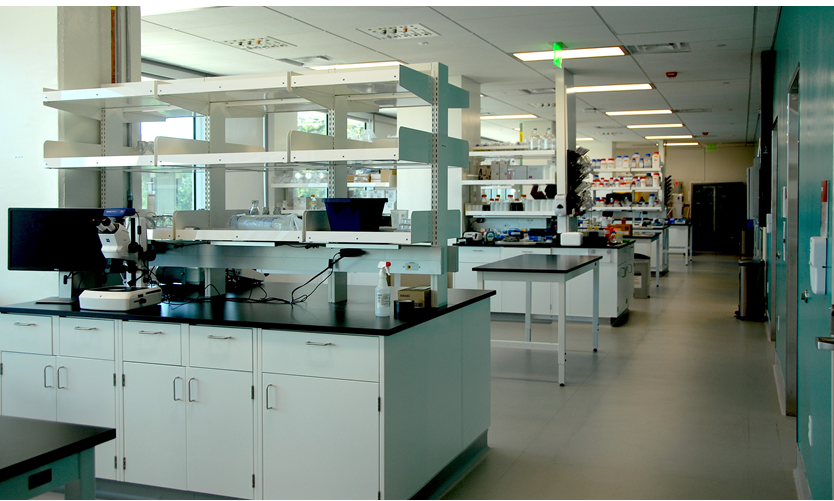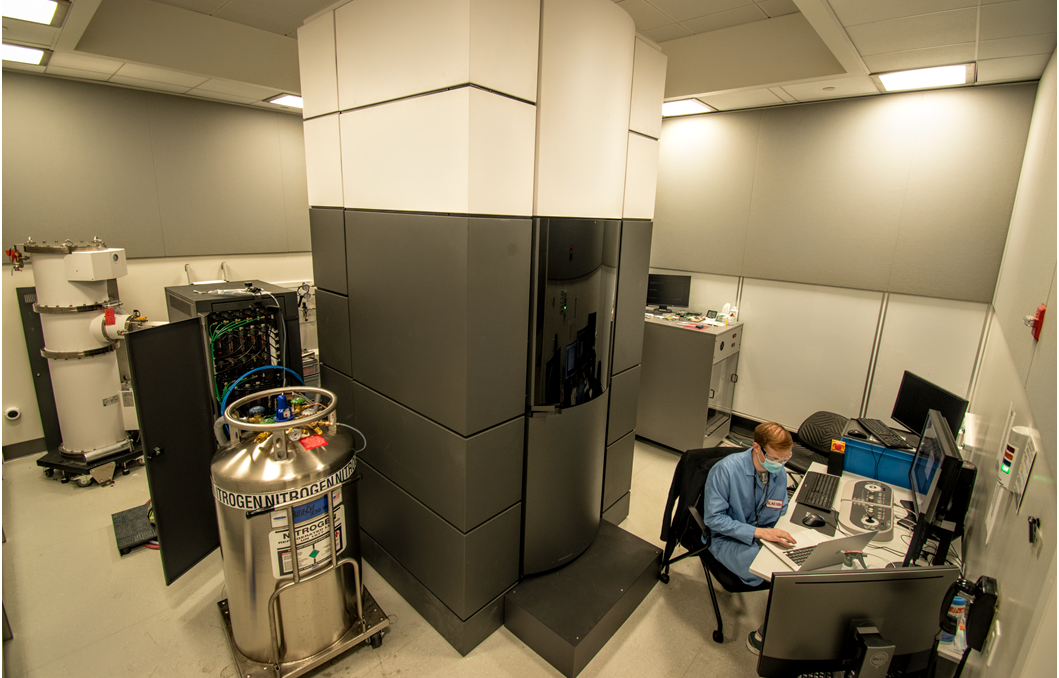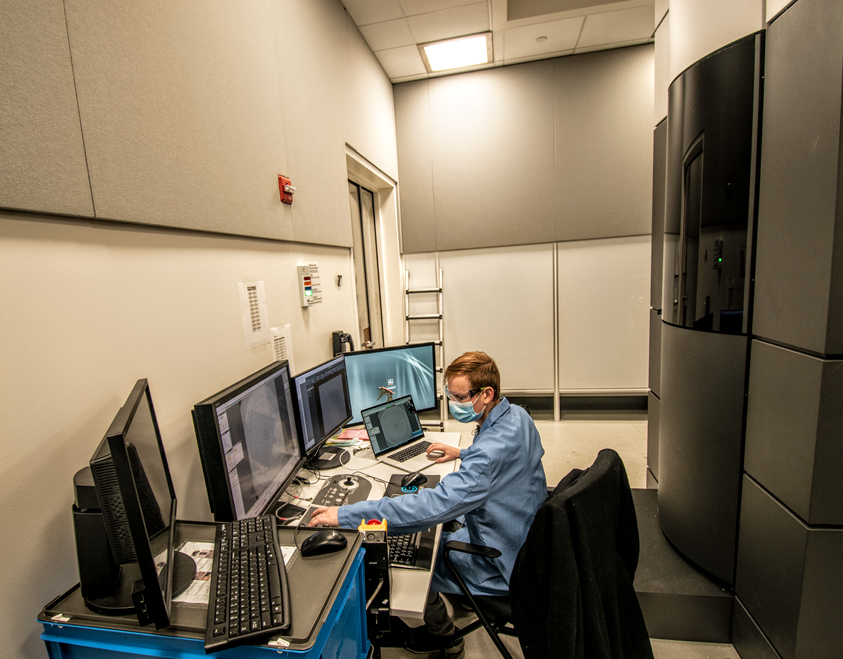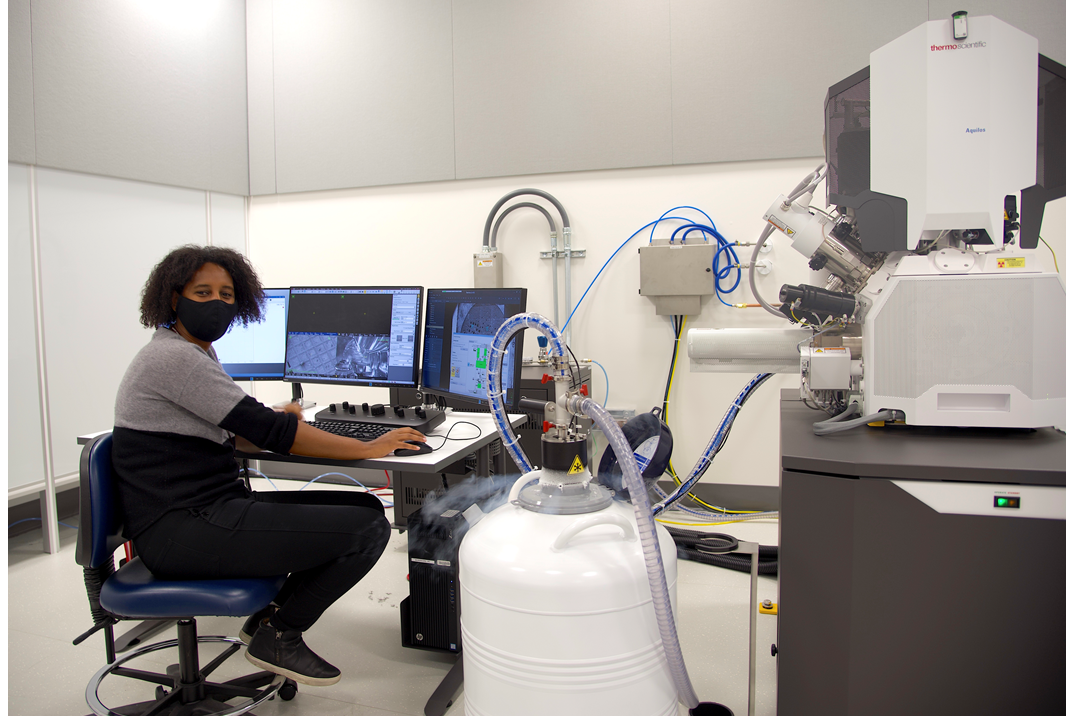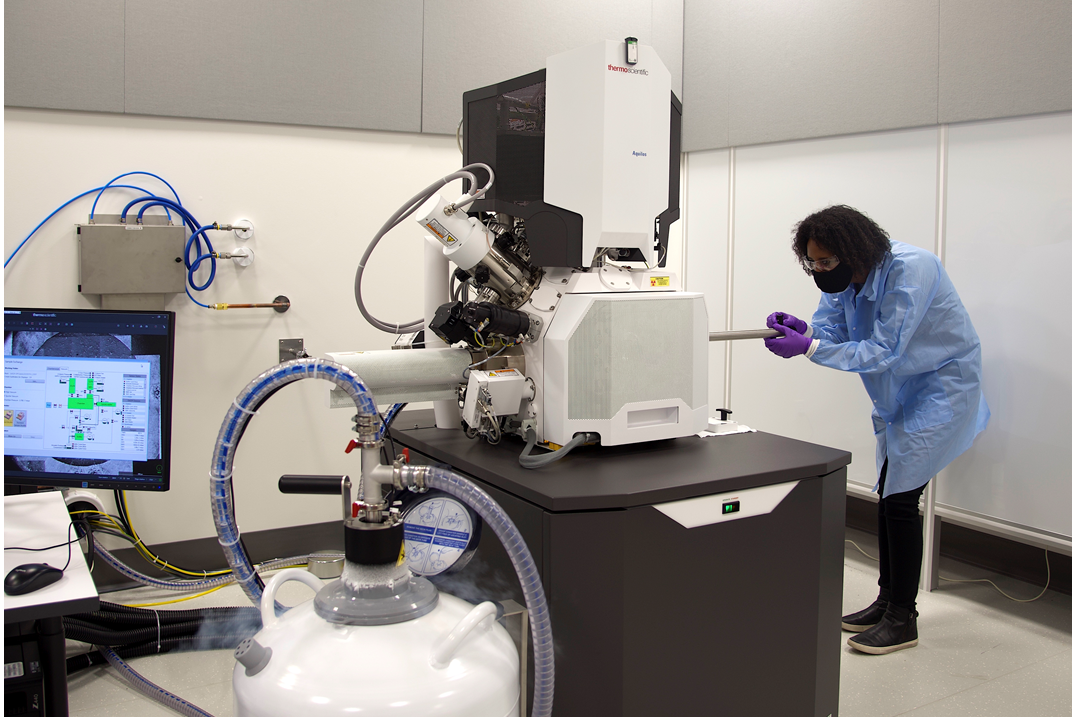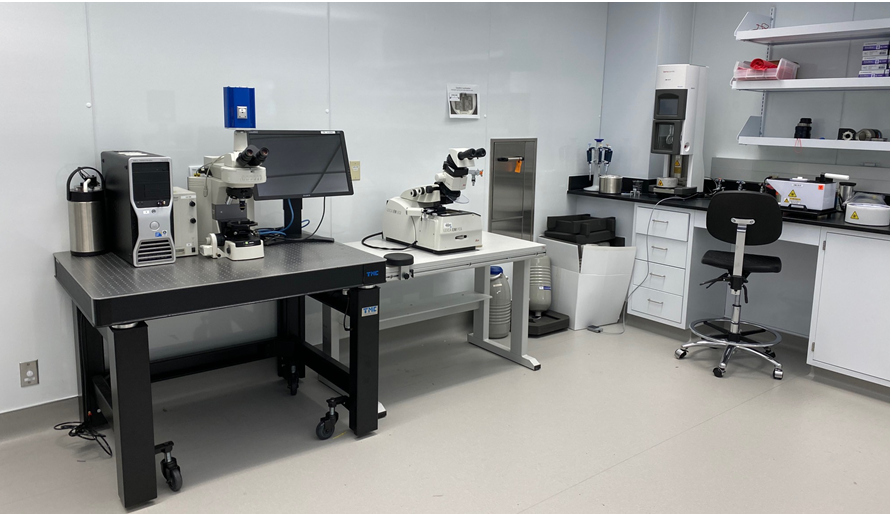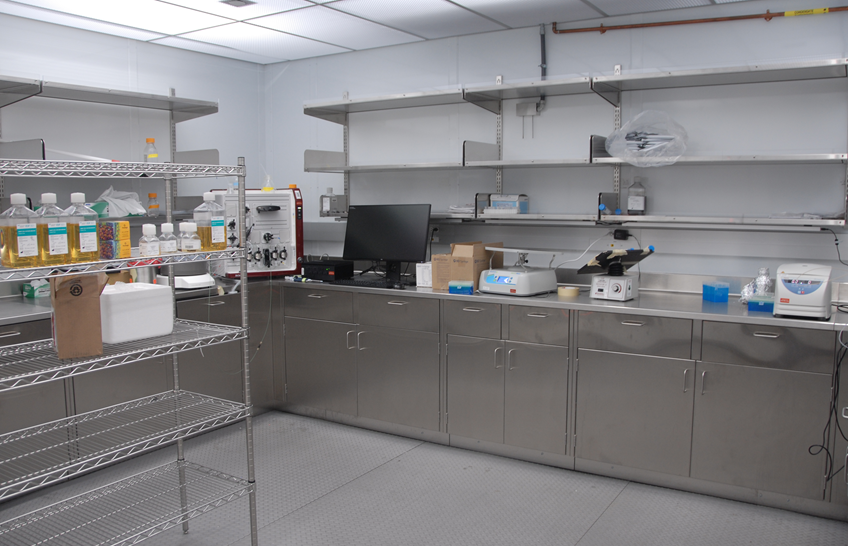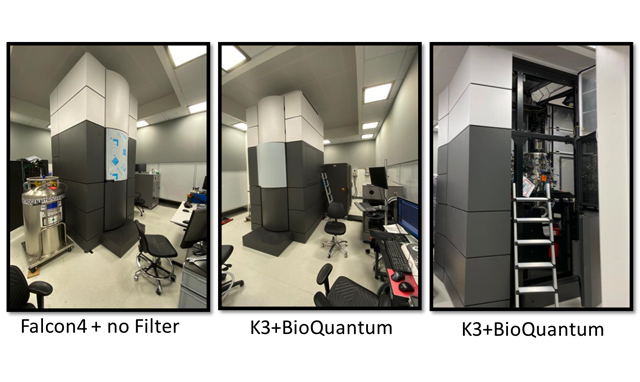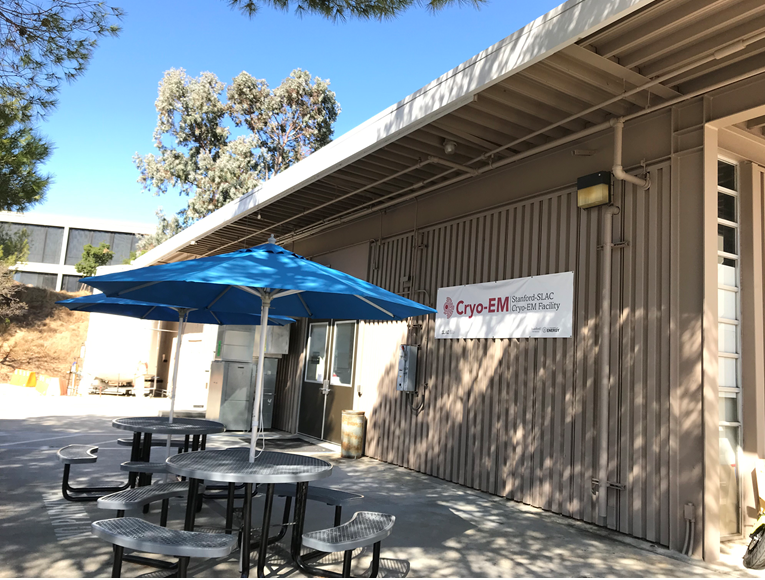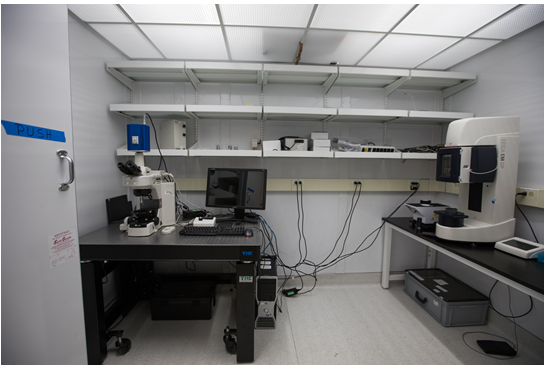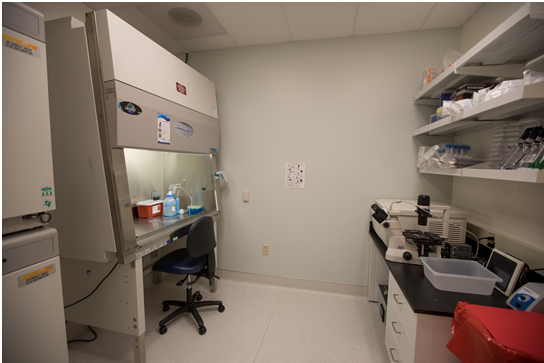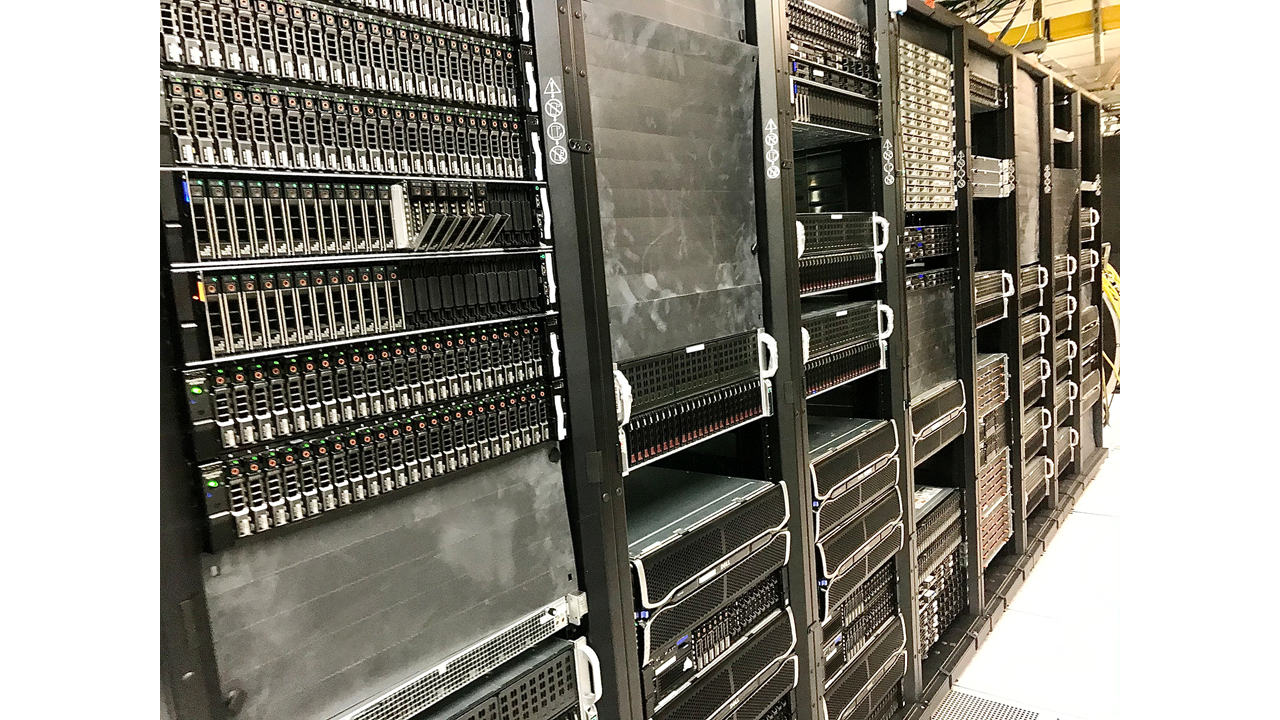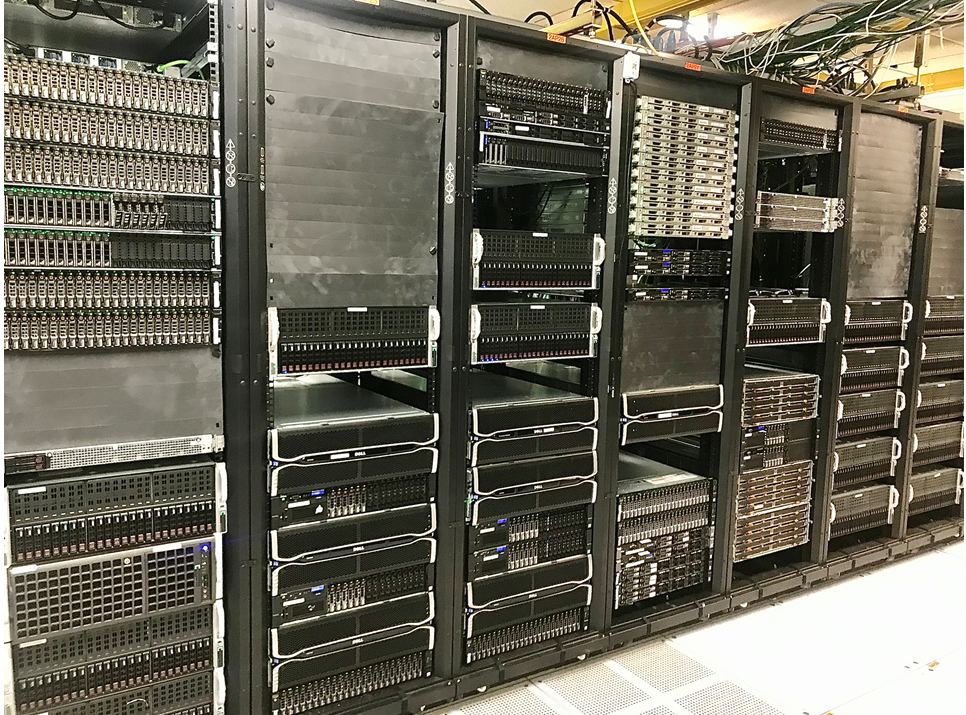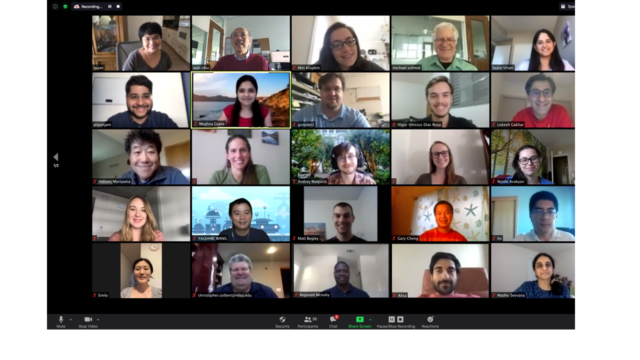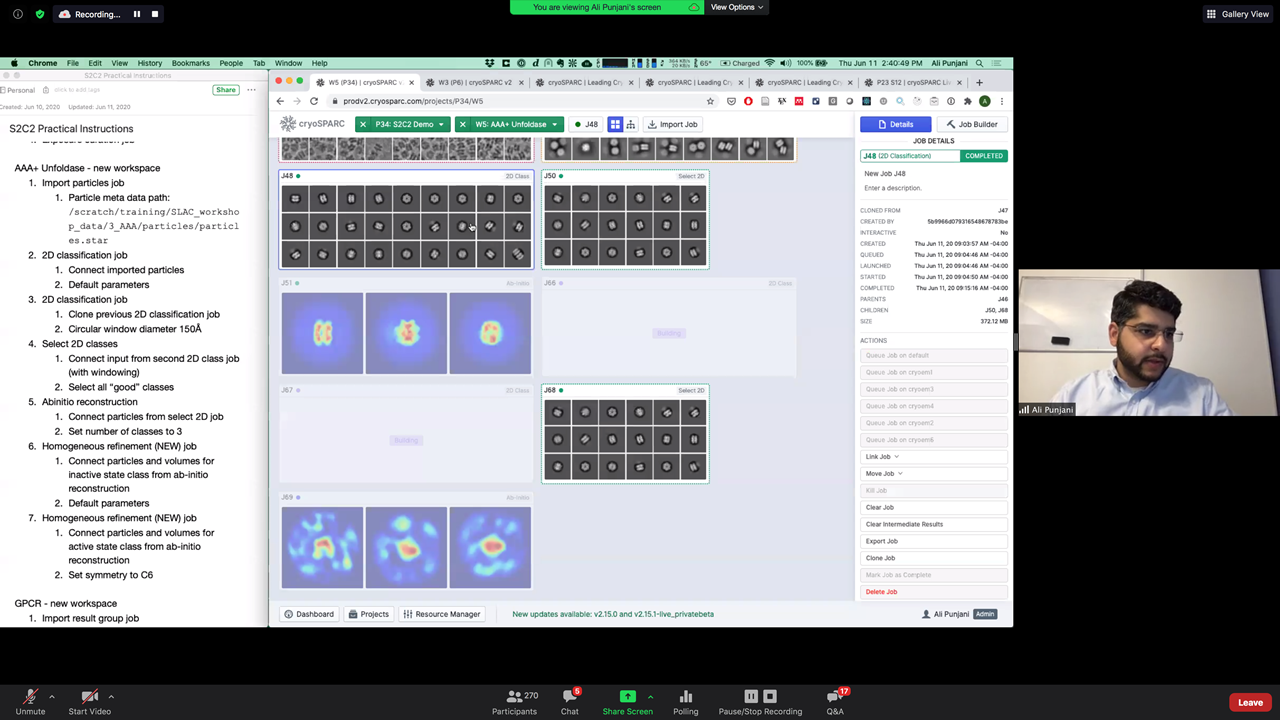Cryoelectron Microscopy (CryoEM) Centers
The CryoEM centers provide access to instrumentation for data collection (primarily, but not exclusively, high-end microscopes) as well as focused training programs to help labs become independent cryoEM practitioners. All access is at no cost to the user. To access any of these resources, you must submit an application, that will be peer reviewed, before time is granted.
The three centers are independent and have their own categories and review cycles for different types of access, detailed below. Applications are submitted to a specific center, but you can apply to multiple centers simultaneously.
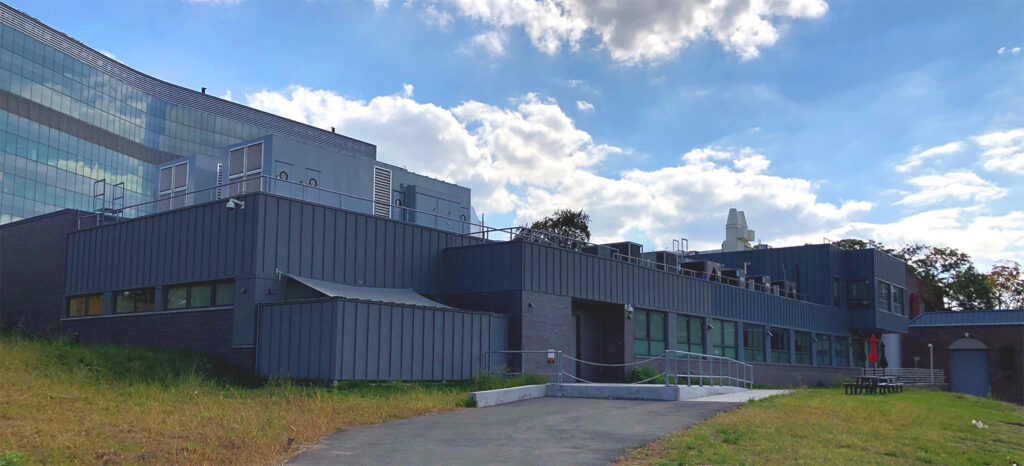
NCCAT is housed at the Simons Electron Microscopy Center at the New York Structural Biology Center in New York City, New York.
Types of access:
Krios data collection:
- Single data collection session for one project (GUP1)
- Multiple data collection sessions for use by one or more investigators on one or more projects over a longer allocation period (BAG)
- Rapid access for single data collection sessions related to existing user proposals (RAP)
Sample Preparation and Screening Microscopes:
- Staff-assisted sample preparation and screening resources (particularly Chameleon sample prep) with the intent of a follow on high-end instrumentation session (GUP2)
Training:
- Embedded User Training: 1-3 month intensive immersion program for researchers bringing their own driving biological project (TP1)
- Facility Management Training: 1-2 week immersive training to individuals who are responsible for managing, leading, or training at their own facilities (TP2)
Instrumentation:
- Titan Krios #4 – Gatan K3 direct e- detector, energy filter, Ceta CMOS detector
- Titan Krios #5 – Gatan K3 direct e- detector, energy filter, Ceta CMOS detector
- Titan Krios #6 – Gatan K3 direct e- detector, energy filter, Ceta CMOS detector
- Titan Krios #7 – Falcon IV direct e- detector, Ceta CMOS detector
- Glacios, 200 kV, Falcon III direct detector, Ceta CMOS detector
- Hitachi 120 kV, TVIPS F416 CMOS detector 4k x 4k
- Chameleon blot free vitrification robot
- Computational resources
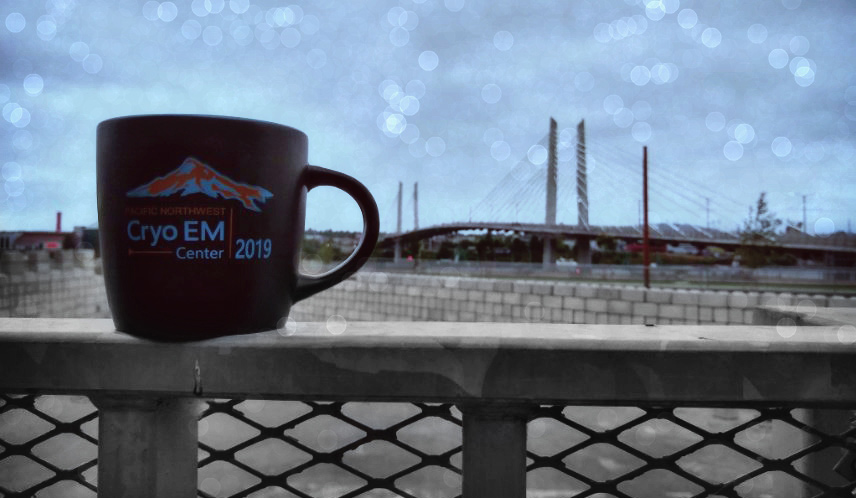
PNCC is a partnership with Oregon Health and Science University and Pacific Northwest National Laboratory. Microscopes are housed in Portland, Oregon located at the OHSU Robertson Life and Sciences Building; while data is stored in Richland, Washington at PNNL in the Environmental Molecular Sciences Laboratory.
Types of access:
Screening Access Proposal
- Focus: Sample Preparation. Prioritized towards groups without local access to cryoEM resources. On-site allocations of staff-assisted sample preparation and training are awarded based on project scope, resource need, and external peer review. Priority of access defined in ‘Screening Overview’ (see scheduling policies). Preliminary data and grids can be used to apply for General Access.
- Science Applications: Training, Screening
- Allocation: Up to 5 on-site day, maximum of one team member to visit.
- Timeframe: 4 months
General Access Proposal
- Focus: All Projects. Initial allocations are based on external peer review. Optional training component, recommended on-site (see workshops). PNCC staff or qualified user operation of instrumentation.
- Science Applications: Training, Screening, Single Particle Analysis, Tomography
- Allocation: Up to 20 days per year, allocated by request based on progress
- Timeframe: 2 years
Instrumentation:
Sample Preparation:
- LECIA EMGP2
- VITROBOT
- VITROJET
- MANUAL CRYOPLUNGER
Microscopes:
- ARCTICA (K3 Direct Electron Detector)
- GLACIOS 2 (Selectris Energy Filter w/ Falcon 4i DED, Fringe-Free Imaging)
- KRIOS #1 (Selectris Energy Filter w/ Falcon 4i DED, FFI)
- KRIOS #2 (Biocontinuum Energy Filter w/ K3 DED, Falcon 4i DED, FFI, Cold-FEG)
- KRIOS #3 (Biocontinuum Energy Filter w/ K3 DED, Falcon III DED, Phase Plate, FFI)
- KRIOS #4 (Biocontinuum Energy Filter w/ K3 DED, Falcon III DED, Phase Plate, FFI)
No-cost data computing resource:
- PNCC COMPUTE (cryoSPARC, Relion)
Upgrades Coming:
- GLACIOS 2 available summer 2024
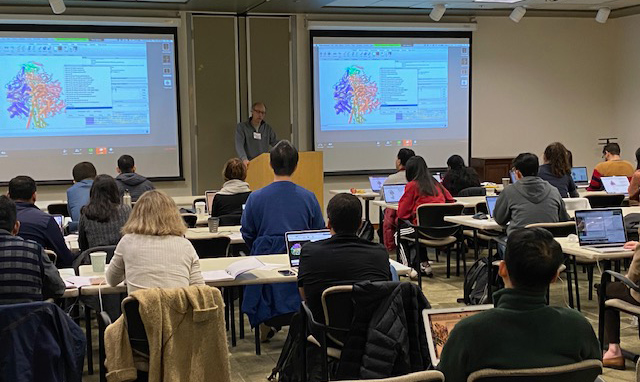
S²C² is housed at the Department of Energy’s SLAC National Accelerator Laboratory at Stanford University, located in Menlo Park, California.
Types of access:
- Access to Krios data collection in person or remotely
- In-residence or remote training
- Personalized training
S²C² Dedicated Instrumentation:
- TEM Alpha – Titan Krios, Falcon 4, Fringe Free Imaging, Phase Plate
- TEM Beta – Titan Krios, Gatan K3, Energy Filter, Phase Plate
- TEM Gamma – Titan Krios, Gatan K3, Energy Filter, Fringe Free Imaging, Phase Plate
Additional Microscope Resources:
- TEM 3 – Talos Artica, Gatan K3, Energy Filter, Phase Plate
- TEM 2 – Titan Krios, Gatan K3, Energy Filter, Phase Plate
Freezing Devices:
- Leica EM GP and GP2
- Vitrobot MK4
Computing Resources:
- Storage devices: Solid-state drive and magnetic tapes
- CPU and GPU for on-the-fly data evaluation
- High-speed data transfer

